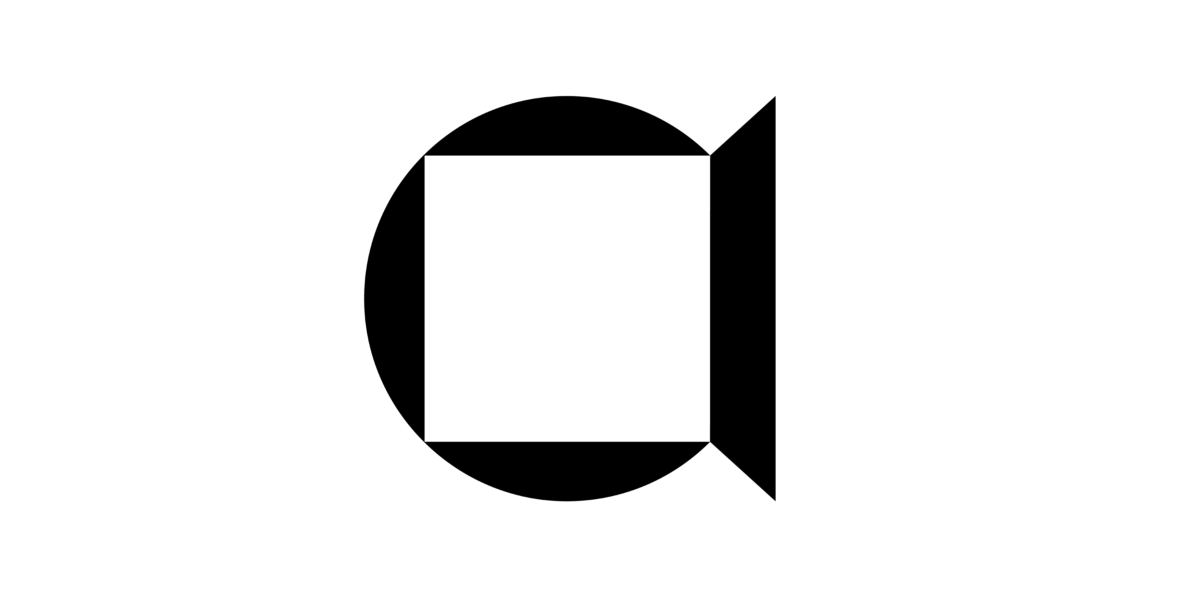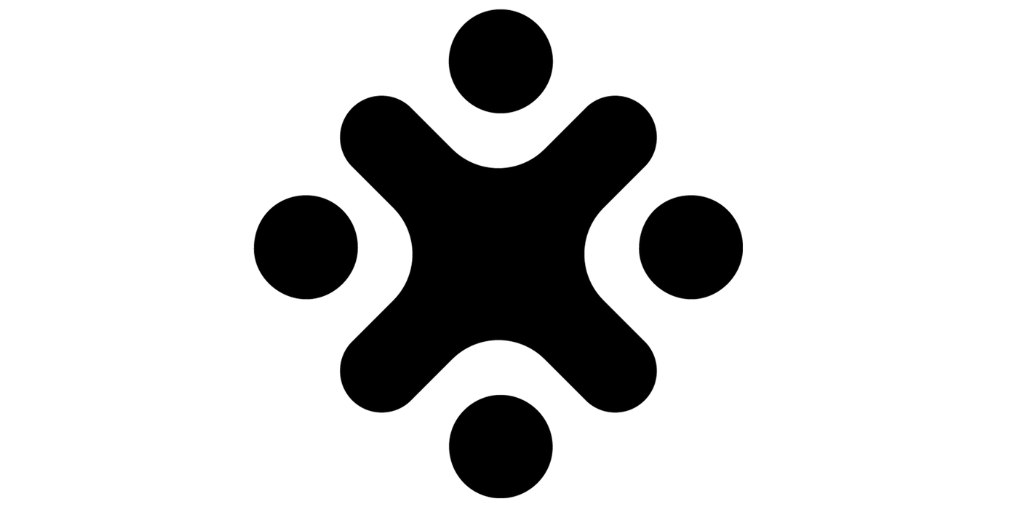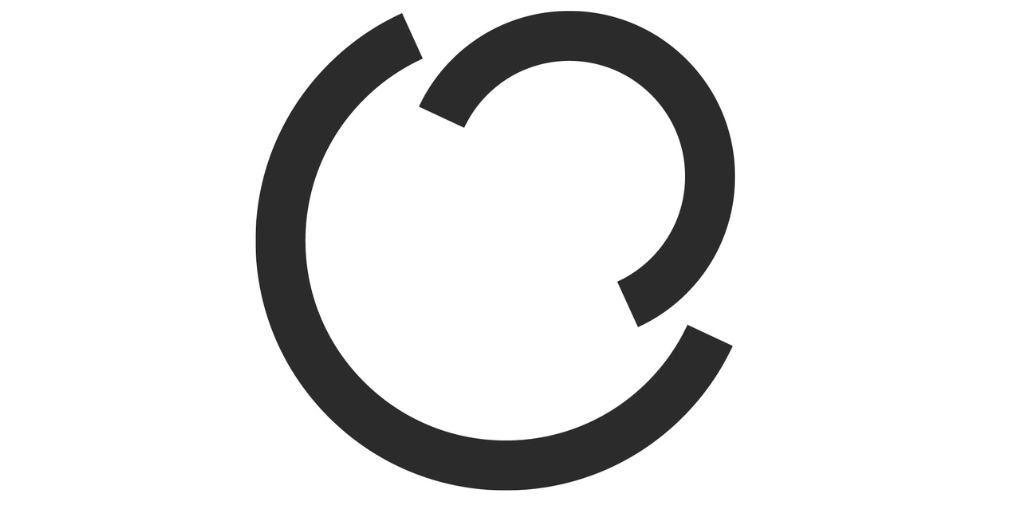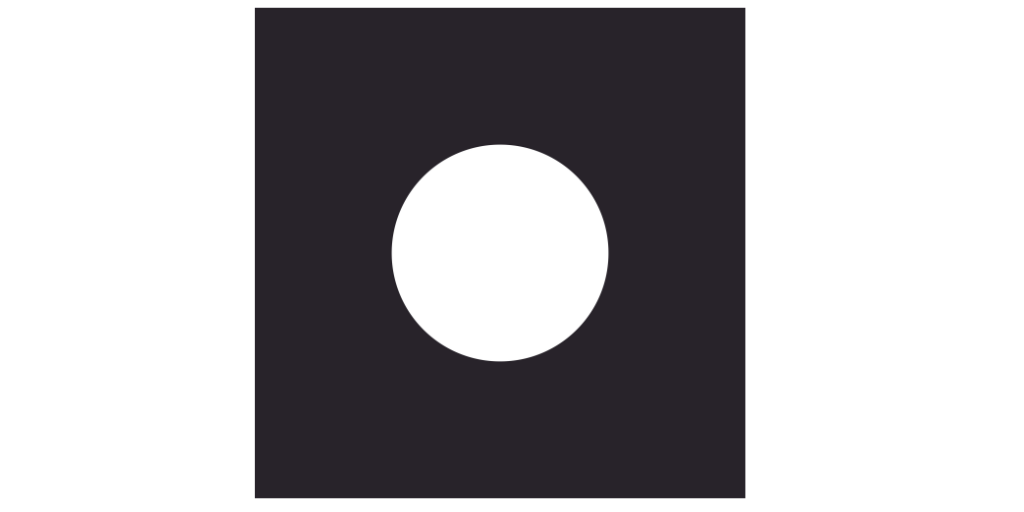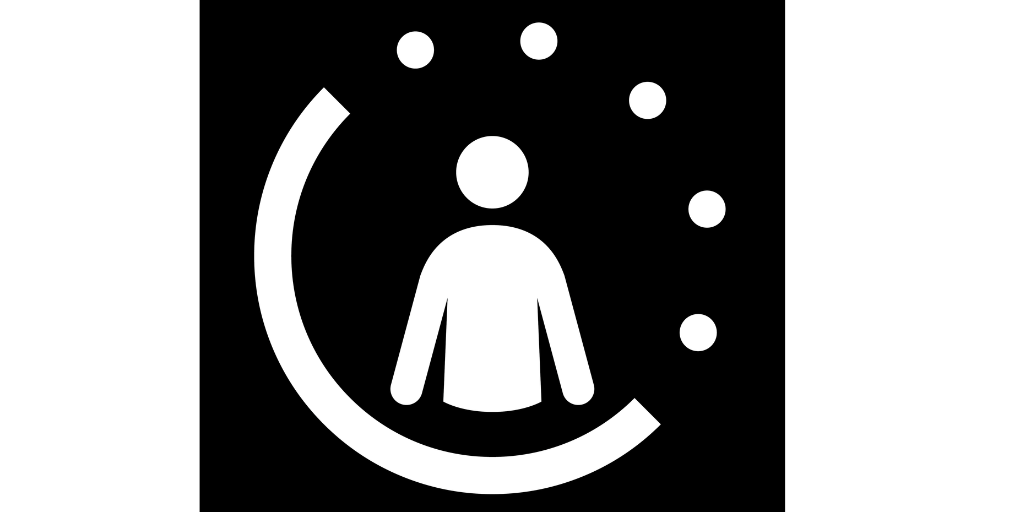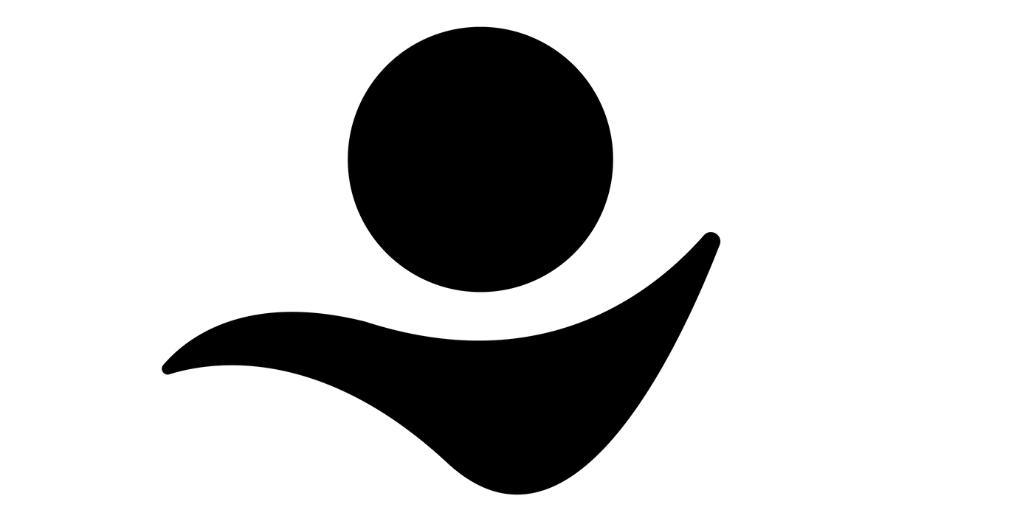The International Union of Architects (UIA) and Rehabilitation International (RI) jointly invited submissions for a twenty-first century symbol of accessibility to represent their core values of rights and inclusion, independence, physical and virtual accessibility for all, including people with disabilities. The winning entry (above) was created by Ukrainian architect Maksym Holovko. It is “easily recognisable, demonstrating originality of form while indicating an openness, simply and powerfully conveyed using basic shapes and principles”.
Submitted designs may can be seen in the Online Gallery.
Keywords :
Accessibility
Prizes
First, Second and Third Prize Winners will be awarded, in addition to up to three (3) Honorable Mentions, at the discretion of the Jury.
First Prize: US$5,000.00 and certificate; Second Prize: US$2,500.00 and certificate; Third Prize: US$1,500.00 and certificate,
Up to 3 Honorable Mentions US$500.00 and certificates
A list of winning designs will be posted on the UIA and RI websites and promoted to media outlets.
Competition results
2nd Prize
by German graphic designer Lena Seifert
3rd Prize
by Czech architecture student Barbora Tučanová
Honourable Mention
by Belgian architect Robin Herman
Honourable Mention
by German graphic designer Katrin Beste
Honourable Mention
by Australian graphic designer Amy Court
Theme and objectives
The challenge was therefore to develop a new symbol of accessibility that better represents the variety of people who use buildings and other types of built environments. The competition invited professional architects and graphic designers as well as architectural and graphic design students to design a new graphic symbol of accessibility, to be proposed to the International Organization for Standardization (ISO) for adoption as the new international symbol of accessibility.
Key criteria
Entries were judged on the following:
- The success of the symbol (or suite of symbols) in reflecting concepts of inclusion, diversity, equity, independence, and physical and virtual accessibility, such that it can be used to effectively identify facilities as being accessible and welcoming for everyone.
- Symbols or a suite of symbols should take account of the diversity of people who may use them.
- the appropriateness and coherence of the overall concept.
- the symbolic and communicative capacity of the symbol(s); and
- the graphic quality of the symbols.
Jury Members
- Zhang Haidi, China, Rehabilitation International President
- Anna Crider, USA, Society for Experiential Graphic Design (SEGD) Past President
- Barry Gray, UK, ISO/TC 145/SC 1/WG/4 “Graphical Symbols”, Convenor and BSI Committee PH/8 Graphical Symbols and Signs, Chair
- Mikhail Terentiev, Russia, All-Russian Society of Disabled People (ARSDP), Chairperson
- Allen Kong, Australia, UIA Architecture-for-All (AfA) Work Programme Director
- Safaa Issa Abdou, Egypt, Alternate Jury Member, Professor of Architecture, faculty of Engineering, Menofia University, Egypt
Eligibility
Entries were accepted from individuals as well as teams.
Each individual/team could submit only one entry.
Results
The international jury met virtually on 11 April to examine 355 anonymous entries received from competitors worldwide. The entries were evaluated based on their symbolic and communicative effectiveness as well as their graphic quality. The jury was impressed by the serious and sensitive consideration toward people living with disabilities displayed by all the entries. The “abstract, simple, easily replicable and recognisable” winning designs suggested “fullness, not absence.”
The Second Prize design (below), by German graphic designer Lena Seifert, was selected for its “four-way design, indicative of equality and inclusivity”.
The jury admired the Third Prize creation by Czech architecture student Barbora Tučanová for its enveloping and simple design with some reflection of the original wheelchair symbol”.
Three Honourable Mentions were awarded to Belgian architect Robin Herman, who created an “abstract design (below to the far left) with unexpected impact conveyed by a simple shape with proportions indicating the 15% of population living with a disability”; German graphic designer Katrin Beste, who submitted “a figural design with a pleasing, asymmetrical graphic rhythm” (in the middle below) and Australian graphic designer Amy Court, whose design (below to the right) the Jury deemed “friendly and supportive”.
Key dates
2022-01-17 Competition announced and launched
2022-02-14 Deadline for the receipt of questions
2022-02-25 Answers for the questions
2022-03-25 Submission Deadline
2022-04-07 Jury meeting
